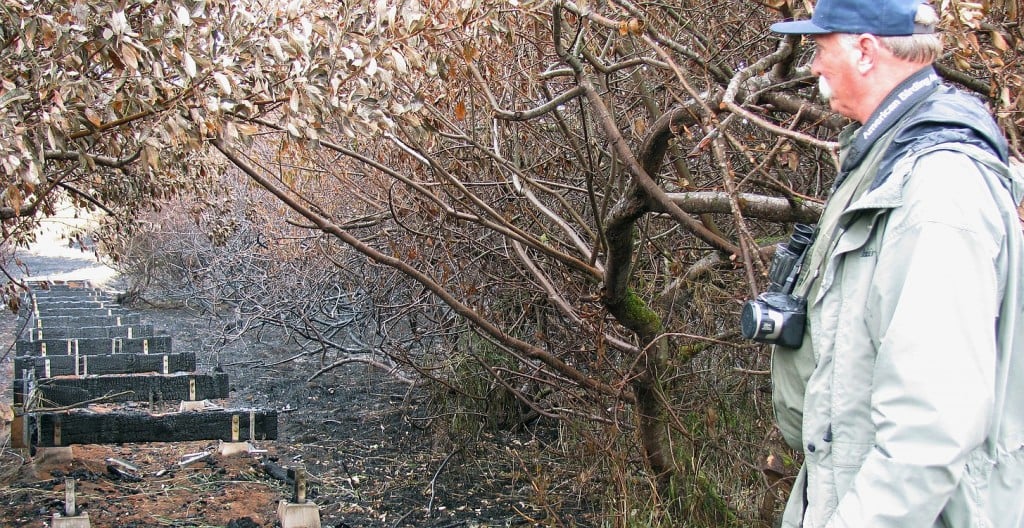The Steigerwald Lake National Wildlife Refuge remains closed to the public, primarily because the boardwalk entrance is heavily damaged.
The Oct. 5 grass and brush fire damaged 148 acres at the refuge.
Refuge Manager Jim Clapp is applying for $100,000 for burn area restoration from the Department of the Interior. It could take four to six weeks to find out if the funding is approved.
The boardwalk will need to be replaced before the refuge can be reopened.
“I don’t know how long it will take to replace it,” Clapp said by phone Monday. “We’ll do our best to get the refuge reopened soon.”
The fire, believed to have been caused by a discarded cigarette, remains under investigation by the Washington State Department of Natural Resources.
Wilson Cady, environmental education coordinator for the Columbia Gorge Refuge Stewards, described the fire as “gut-wrenching, to put it mildly.”




